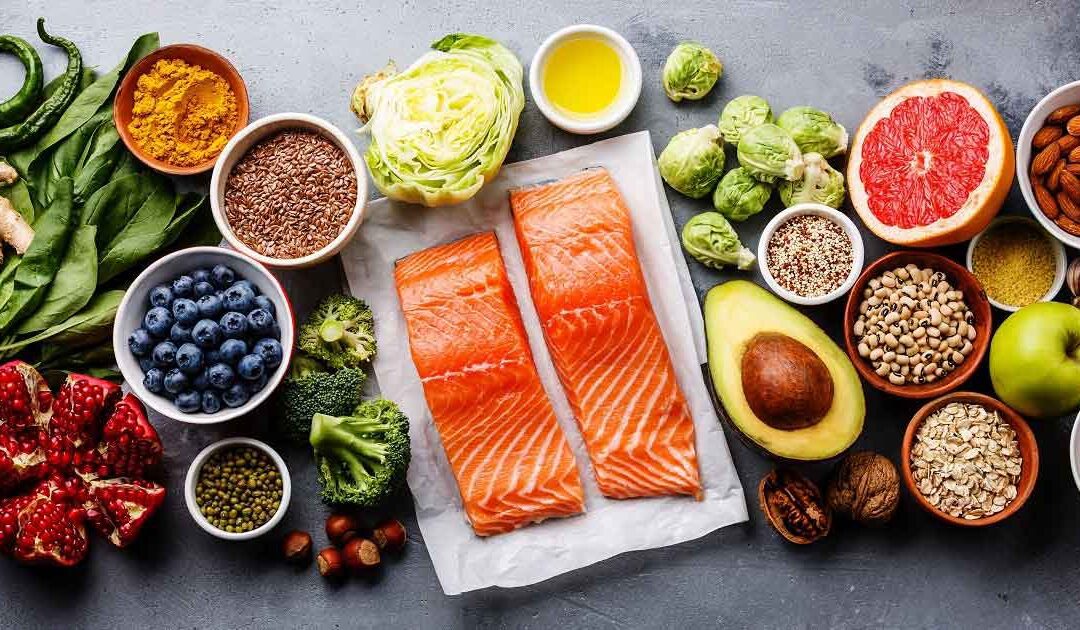The Synergy: How PEMF and Diet Complement Each Other
When it comes to reducing inflammation and chronic pain, PEMF therapy and nutrition are not competing strategies — they are complementary forces. Each tackles a different layer of dysfunction in the body, and together they create a more profound and lasting impact on health.
Nutrition addresses the internal chemical environment of the body. It quiets the fire of inflammation systemically, supplying the cells with the raw materials they need to function, rebuild, and protect against oxidative stress. The nutrients in an anti-inflammatory diet are also essential co-factors in producing enzymes, hormones, and neurotransmitters that influence not only physical pain, but also mood and resilience.
Meanwhile, PEMF therapy works on the electrical and energetic level, helping restore the bioelectrical function of cells. It improves how tissues receive blood and nutrients, and helps normalize the function of mitochondria — the energy factories of the cell. Without energy, even the healthiest nutrients can’t be fully metabolized or absorbed. That’s why combining these approaches often leads to faster results and deeper healing.
This synergy is particularly evident in people dealing with:
-
Autoimmune conditions, where inflammation is driven by immune dysregulation and gut permeability.
-
Musculoskeletal pain, where tissue regeneration and blood flow are essential to recovery.
-
Post-surgical recovery, where PEMF can accelerate healing while nutrition minimizes scar tissue and inflammation.
-
Sports injuries, where athletes need both rapid tissue repair and anti-inflammatory support without relying on pharmaceuticals.
For example, someone recovering from ACL surgery might follow a diet rich in omega-3s, vitamin C, collagen, and magnesium — all vital for healing — while using PEMF daily to reduce swelling and accelerate tissue remodeling. Together, this reduces downtime, pain, and the risk of complications.
Real-World Stories: Healing Through Integration
Let’s consider a few composite case studies to illustrate how people are using nutrition and PEMF together.
Maria, 52, arthritis sufferer
Maria had been living with rheumatoid arthritis for over a decade. Joint stiffness in her hands and knees often made simple tasks like walking or opening jars painful. After years of steroid treatments and NSAIDs, she began looking for more natural options. She started with a dietary overhaul, removing gluten, processed sugars, and dairy while introducing anti-inflammatory staples like wild salmon, turmeric tea, bone broth, and leafy greens. A few weeks in, she added daily PEMF therapy sessions using a home device that focused on her knees and wrists. Within 60 days, Maria reported less morning stiffness, more energy, and most importantly, a significant reduction in flare-ups.
Jordan, 35, recovering athlete
As a competitive triathlete, Jordan suffered a chronic hamstring injury that kept reappearing despite physical therapy and rest. He began using a PEMF mat daily and switched to a clean eating plan tailored to reduce inflammation and boost recovery. This included antioxidant-rich smoothies, tart cherry juice, fermented vegetables, and high-quality protein sources. Within three months, his pain levels had dropped, recovery time between workouts improved, and he was able to return to competition stronger than before.
Carmen, 65, dealing with fibromyalgia
Carmen experienced widespread body pain, fatigue, and mental fog. Conventional treatment left her feeling sedated but not better. Working with a functional health practitioner, she focused on healing her gut and balancing her immune system. PEMF was used for general stimulation via full-body sessions, while her nutrition plan included omega-3s, curcumin, and magnesium-rich foods. Over time, her symptoms improved, her sleep became more restful, and she began to regain her mental clarity.
These cases demonstrate that combining biological nourishment with cellular stimulation offers more holistic results than either strategy in isolation.
How to Start: A Practical Anti-Inflammatory Routine
Adopting both an anti-inflammatory diet and a PEMF practice doesn’t have to be complicated. In fact, it can be simple and enjoyable — especially once you start feeling the results.
Here’s how to get started:
Clean up your kitchen: Start removing processed snacks, sugary drinks, white flour products, and anything with artificial additives. Replace them with whole foods, seasonal vegetables, and quality proteins. Batch-cook soups, stews, or curries rich in anti-inflammatory ingredients.
Focus on hydration: Inflammation often worsens with dehydration. Add lemon, cucumber, or herbal teas like ginger or nettle to your daily hydration plan.
Begin with one PEMF session per day: Many PEMF users start with 20–30 minutes on the affected area (e.g., lower back, knees, shoulders). Depending on the device, you may use it once or multiple times daily. Some prefer morning sessions for energy, others in the evening for pain relief.
Track your results: Keeping a journal can help you identify improvements in pain, sleep, digestion, and mood. This reinforces consistency and helps you fine-tune your regimen.
Adjust with support: If you’re unsure what anti-inflammatory diet works best for your condition (autoimmune vs. injury recovery vs. general wellness), consider working with a holistic nutritionist or functional medicine coach.
Pair with movement and sleep: Gentle walking, yoga, and prioritizing 7–9 hours of quality sleep further enhance the benefits of PEMF and nutrition.
Over time, these small steps build up to substantial change. People often report “feeling younger,” “waking up without pain,” or finally having the energy to return to activities they love.
The Elopulse Approach: Empowering You to Heal Naturally
At Elopulse, we believe that true healing starts when you combine smart technology with natural wisdom. Our PEMF systems are designed for people who are ready to move beyond pills and passive treatments. When you pair our technology with clean eating and lifestyle upgrades, you become an active participant in your own healing journey.
Whether you’re managing an old injury, dealing with chronic fatigue, or simply looking to age vibrantly, our mission is to help you feel strong, resilient, and in control of your body again.
Take the First Step Toward Pain-Free Living
You don’t need to live in constant pain, or rely on medications with side effects. The path to healing may begin in your kitchen — and be amplified by the powerful effects of PEMF therapy. Together, they support your body’s natural intelligence and empower you to feel better, faster.
Explore our PEMF devices at elopulse.com and start combining science-backed therapy with anti-inflammatory nutrition today.
Because relief is not just possible — it’s your body’s natural state.
Frequently Asked Questions
Is PEMF therapy safe to use daily?
Yes, for most people PEMF is very safe when used as directed. It is non-invasive and does not produce heat or electrical shocks. However, people with pacemakers or certain implants should consult their physician before use.
How long before I notice results?
Some people feel immediate pain relief after a single session, while others may notice gradual improvement over 2–6 weeks. Diet-related changes may take a few weeks to reduce systemic inflammation, but once they do, the effects can be long-lasting.
Can I do PEMF therapy at home, or do I need a clinic?
Both are valid options. Elopulse offers high-quality PEMF devices for home use, which is convenient and cost-effective over time. Clinics may offer more powerful systems for acute or deep-tissue issues.
Is there a specific anti-inflammatory diet I should follow?
There’s no one-size-fits-all diet, but Mediterranean-style diets rich in omega-3s, vegetables, fruits, herbs, and healthy fats are a solid starting point. Avoiding gluten, dairy, and sugar often helps people with chronic inflammatory conditions.

